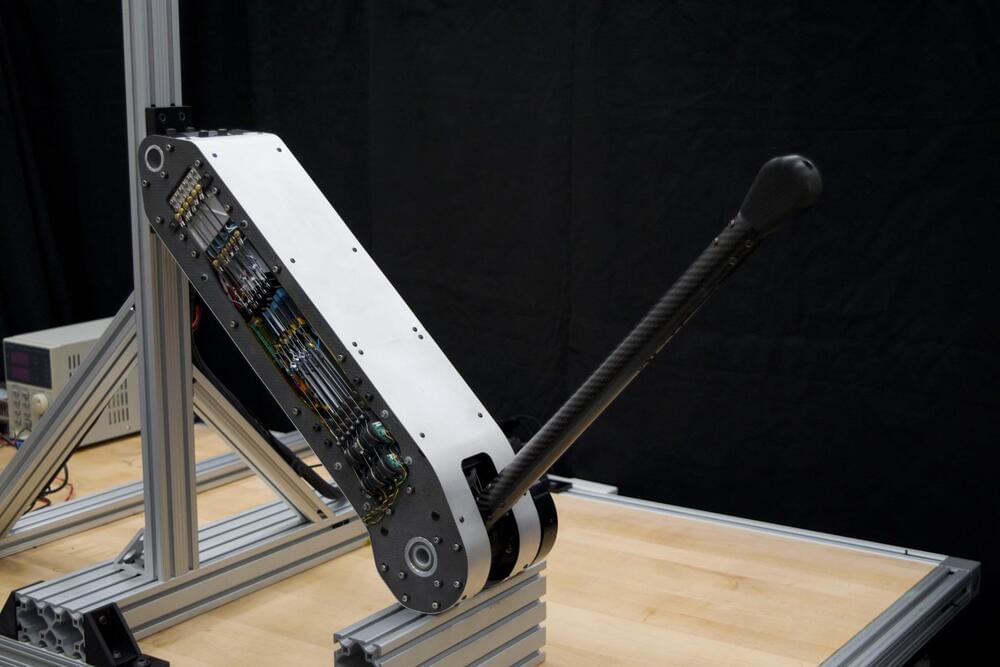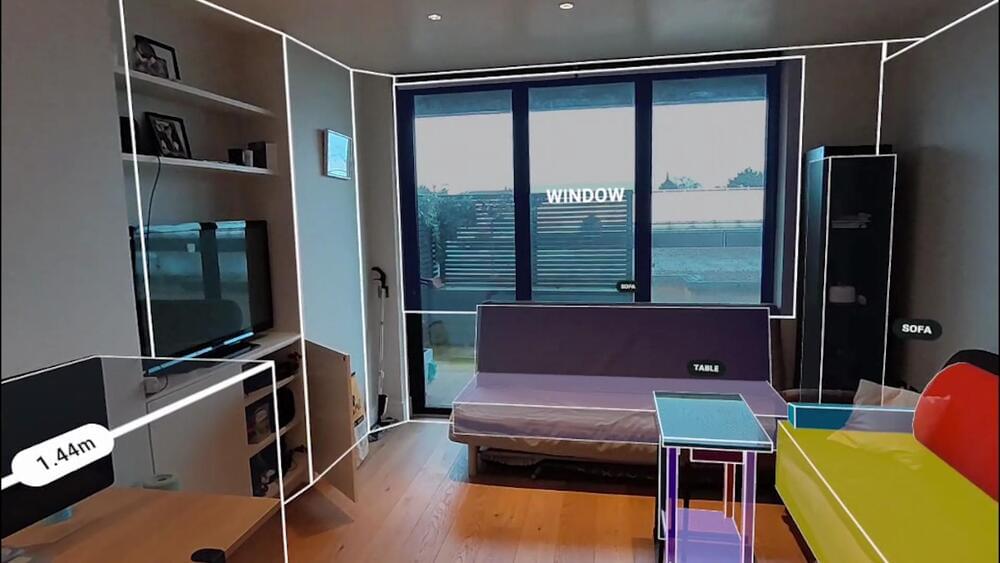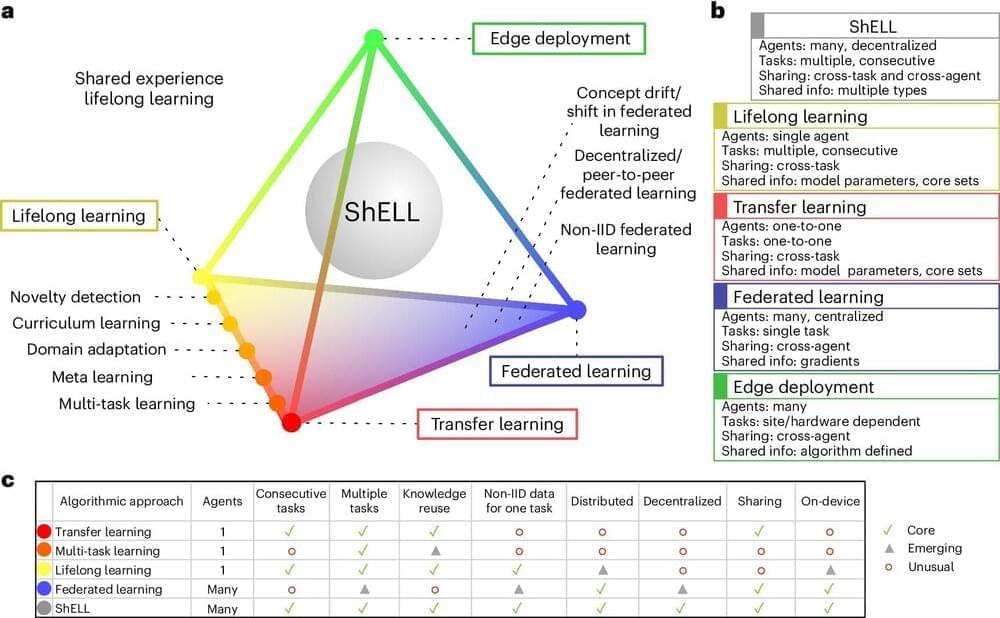This video explores the future of Mars colonization and terraforming from 2030 to 3000. Watch this next video about the 10 stages of AI: • The 10 Stages of Artificial Intelligence.
🎁 5 Free ChatGPT Prompts To Become a Superhuman: https://bit.ly/3Oka9FM
🤖 AI for Business Leaders (Udacity Program): https://bit.ly/3Qjxkmu.
☕ My Patreon: / futurebusinesstech.
➡️ Official Discord Server: / discord.
SOURCES:
• https://scitechdaily.com/mars-settlem…
• https://www.news18.com/news/buzz/elon…
• https://2050.earth/predictions/a-sust…
• https://www.businessinsider.com/elon–…
• https://www.inverse.com/innovation/sp…
• https://www.inverse.com/article/54358…
• https://futurism.com/the-byte/elon-mu…
• https://www.lpi.usra.edu/V2050/presen…
• https://www.mars-one.com.
• https://en.wikipedia.org/wiki/Coloniz…
• https://www.nationalgeographic.org/hi…
• https://www.spacex.com/human-spacefli…
• https://ntrs.nasa.gov/api/citations/2…
• https://www.space.com/how-feed-one-mi…
• https://www.usatoday.com/in-depth/new…
• https://futuretimeline.net/
• https://eatlikeamartian.org/
• / realistically_speaking_when_do_you_think_w…
• https://www.astronomy.com/space-explo…
Official Discord Server: / discord.
💡 On this channel, I explain the following concepts:
• Future and emerging technologies.
• Future and emerging trends related to technology.
• The connection between Science Fiction concepts and reality.
SUBSCRIBE: https://bit.ly/3geLDGO
Disclaimer:






